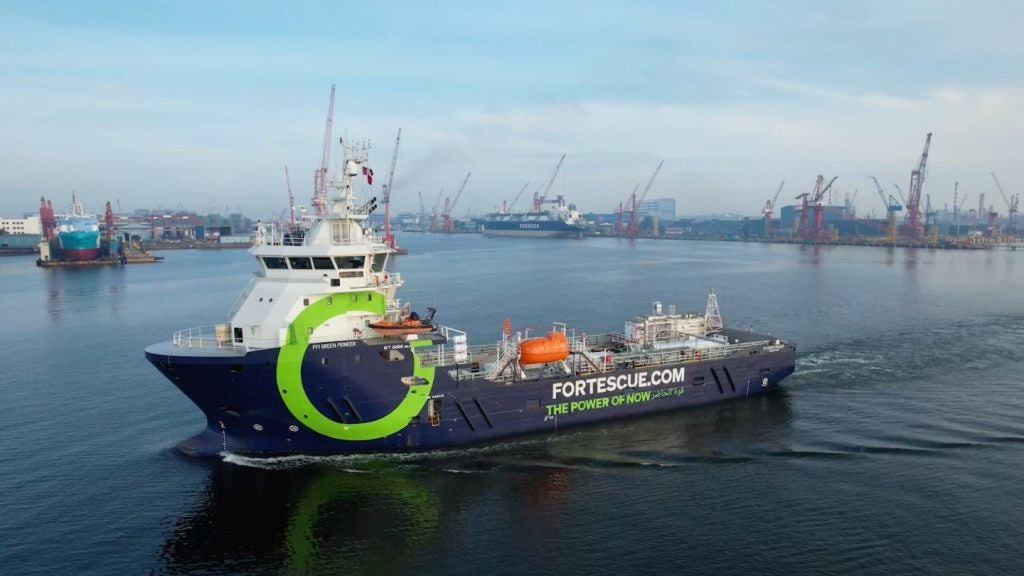
Rolls-Royce has carried out the sea trials of its first S4 series of waterjets on the recently modernised Tangalooma Jet, a 350-passenger high-speed catamaran.
Designed to offer higher efficiency at low speeds, this series of waterjets showed a 3% increase in thrust during the trials, when compared with previous units.
Rolls-Royce introduced this S4 next-generation waterjet during the SMM maritime exhibition in September.
Rolls-Royce product sales manager Daniel Wikström said: "Efficiency is improved over the whole speed range, matching the increased demand requirement for vessels operating around 30k, were waterjet propulsion has traditionally been less efficient.
"This translates into reduced fuel consumption for a given workload and, consequently, reduced CO2 emissions, as well as increased range for the ferry.
"Environmental benefits are achieved not only by increasing efficiency, but the onboard hydraulics also reduce the risk of oil spill."
How well do you really know your competitors?
Access the most comprehensive Company Profiles on the market, powered by GlobalData. Save hours of research. Gain competitive edge.

Thank you!
Your download email will arrive shortly
Not ready to buy yet? Download a free sample
We are confident about the unique quality of our Company Profiles. However, we want you to make the most beneficial decision for your business, so we offer a free sample that you can download by submitting the below form
By GlobalDataIn addition to the 3% increase in thrust, the new waterjet offers enhanced manoeuvring capabilities, along with less noise and vibration levels.
With improved performance and passenger comfort, the new system will help the operator to save around A$80,000 ($67,087) annually in fuel costs, Rolls-Royce said.
Rolls-Royce has secured an order for two 56S4 units to be installed on the luxury yacht Mangusta 94 and four 71S4 units for the larger Mangusta 165.
These units are expected to be commissioned in mid-2015.
Image: The newly developed S4 series of waterjets are designed specifically to meet the reduced speed requirements of many high-speed ferry operators. Photo: courtesy of Rolls-Royce plc.







